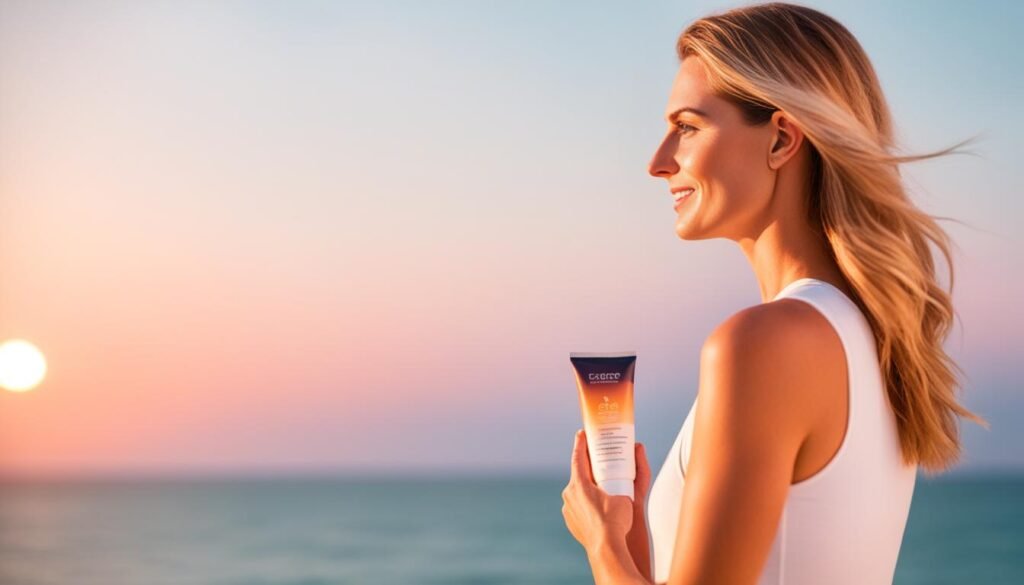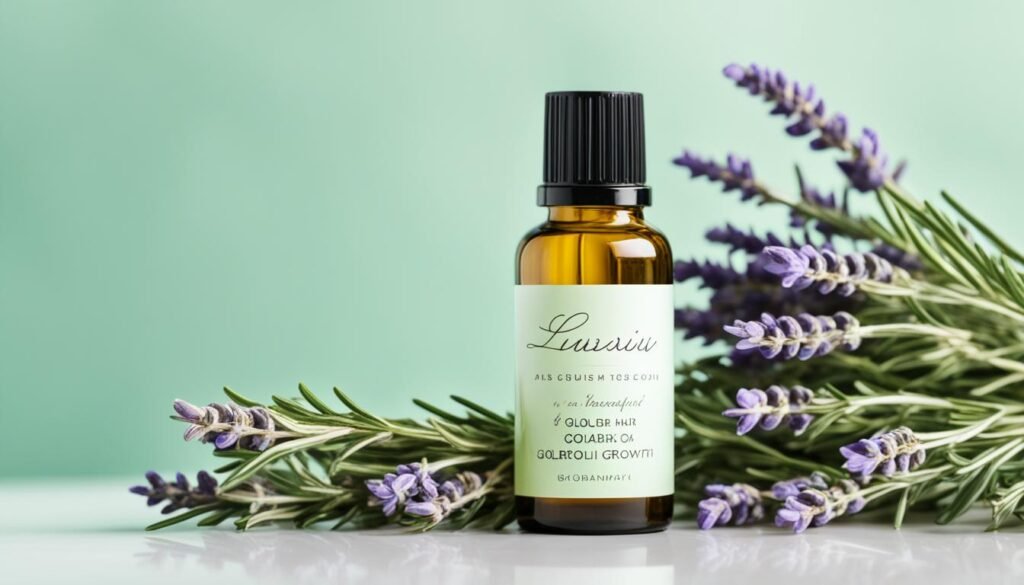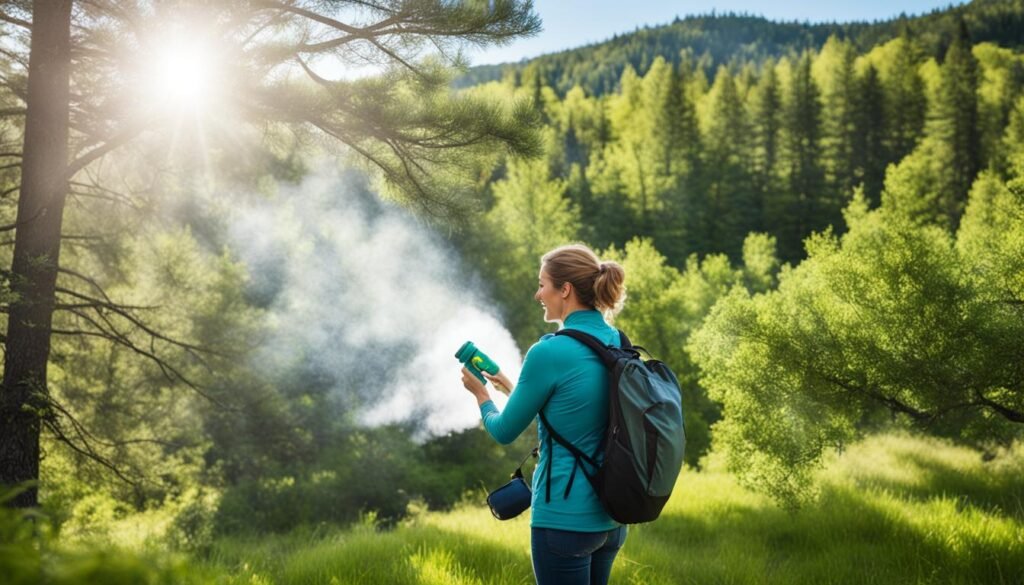Chafing can be a pain, causing redness, irritation, and discomfort. Finding relief is essential, whether caused by excess weight, running, tight clothing, or other factors. This article will explore the best remedies and preventive measures for chafing, providing the information you need to soothe your skin and prevent future chafing episodes.
Chafing relief begins with understanding the causes and treatments. We’ll discuss the common causes of chafing, such as excess weight, breastfeeding, and tight clothing. Then, we’ll dive into home remedies that can provide quick relief, including aloe vera, petroleum jelly, coconut oil, cornstarch, and shea butter.
But that’s not all! We’ll also cover additional treatments, like topical corticosteroid creams, and share preventive measures to help you avoid chafing altogether. You’ll discover various options to keep your skin silky, smooth, and irritation-free, from anti-chafing balms and creams to protective covers and larger baby diapers.
So, if you’re looking for the best thing for chafing relief, look no further. We’ve covered you with expert advice, practical tips, and effective solutions to soothe your skin quickly.
Causes of Chafing
Chafing can occur due to various factors that result in skin friction and irritation. Understanding these causes is essential for prevention and effective management of chafing.
Excess Weight
Carrying excess weight, especially in areas like the thighs, arms, or abdomen, can increase the risk of chafing. Rubbing skin against skin or clothing can lead to discomfort and irritation.
Breastfeeding
Moisture and nursing bras can cause chafing of the nipples in breastfeeding women. The continuous friction and trapped moisture can lead to soreness and irritation.
Running and Bicycling
The repetitive motions involved in running and bicycling, combined with sweat and rubbing clothing, can cause chafing in areas such as the inner thighs, underarms, or groin.
Tight Clothing
Wearing tight clothing, such as bras, underwear, or athletic gear, can result in chafing. The friction between the skin and the tight fabric can cause redness, soreness, and discomfort.
Diapers
Even babies can experience chafing, particularly in the diaper area. Wet, small, or tight diapers can create friction against the delicate skin, leading to diaper rash and chafed skin.
To prevent and alleviate chafing, it’s important to address these causes. Taking proactive measures, such as maintaining a healthy weight, using appropriate nursing bras, wearing moisture-wicking clothing during physical activities, opting for comfortable and breathable fabrics, and ensuring proper diaper fit, can significantly reduce the risk of chafing and promote overall skin health.

Home Remedies for Chafed Skin
When you experience chafing, several home remedies can relieve you and promote healing. These remedies are all-natural and can be easily found in your kitchen or bathroom cabinet.
Aloe Vera
One of the best home remedies for chafing is aloe vera. Known for its soothing properties, aloe vera gel can provide immediate relief to your irritated skin. Apply a generous amount of the gel directly to the affected area and let it dry naturally. Aloe vera reduces inflammation and moisturizes your skin, helping speed healing.
Petroleum Jelly
Another effective home remedy for chafed skin is petroleum jelly. It creates a protective barrier that reduces friction between your skin and clothing. Apply a thin layer of petroleum jelly to the affected area, ensuring complete coverage. This will prevent further chafing and moisturize your skin, promoting faster healing.
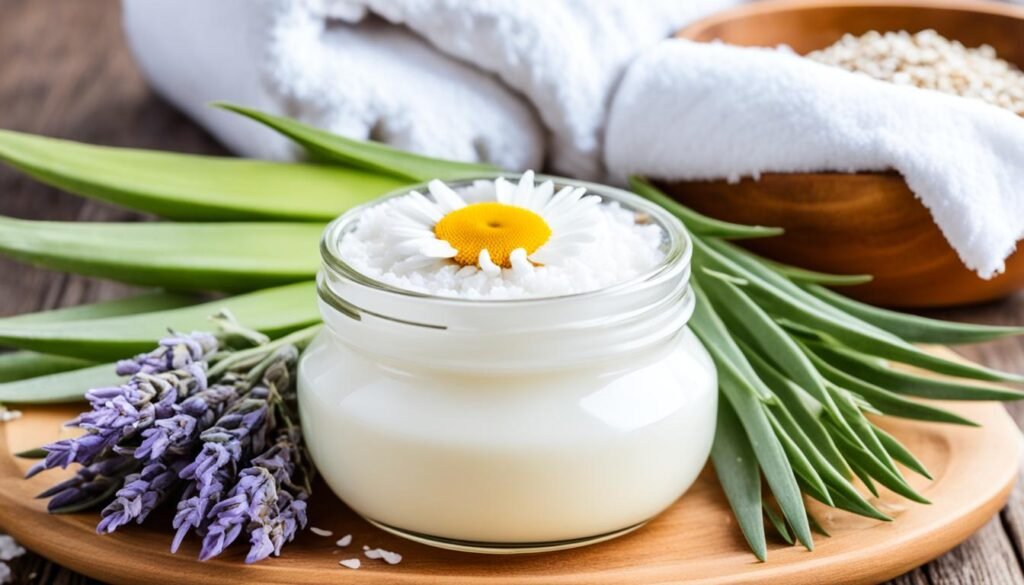
Coconut Oil
Coconut oil is a versatile home remedy with numerous health benefits, including its ability to soothe chafed skin. Thanks to its anti-inflammatory properties, coconut oil can reduce redness and swelling. Gently massage a small amount of coconut oil onto the affected area, allowing it to absorb into your skin. The oil’s natural antioxidants and fatty acids will help repair and heal your chafed skin.
Cornstarch
Cornstarch is not just for cooking – it can also relieve chafing. As a natural absorbent, cornstarch helps to remove moisture from your skin, reducing the itching and discomfort associated with chafing. Apply a thin layer of cornstarch to the affected area, gently rubbing it into your skin. Not only will it help absorb moisture, but it will also leave your skin feeling silky smooth.
Shea Butter
Shea butter, a popular skincare ingredient, is known for its moisturizing and anti-inflammatory properties. It helps nourish and soften your skin while promoting healing and reducing irritation. Massage a small amount of shea butter onto the chafed area, allowing it to absorb fully. Its high fatty acid content will provide deep hydration and relieve discomfort.
Remember, before applying any of these home remedies, clean the affected area gently with mild soap and lukewarm water. Ensure your skin is completely dry before applying these remedies. Also, be cautious when using these remedies on open sores or wounds, as they may cause further irritation.
By incorporating these home remedies into your chafing care routine, you can find quick relief and promote the healing process. These natural remedies provide a cost-effective and gentle and effective way to treat your chafed skin.
Additional Treatments and Prevention for Chafing
If home remedies for chafing aren’t providing adequate relief, or if you’re looking to prevent chafing altogether, consider these additional treatments and preventive measures:
1. Topical Corticosteroid Creams
- Purpose: Soothe chafed skin and reduce inflammation.
- Availability: Over-the-counter options available.
- Benefits: Provides fast relief and promotes healing for irritated skin.
2. Anti-chafing balms or Creams
- Popular Products: Body Glide Original Anti-Chafe Balm, Chamois Butt’r Original Anti-Chafe Cream, Squirrel’s Nut Butter All-Natural Anti-Chafe Salve.
- Function: Forms a protective barrier, reducing friction and irritation.
- Benefits: Effective in preventing chafing during physical activities.
3. Protective Covers or Nipple Shields
- Targeted Use: Recommended for nursing moms or distance runners.
- Purpose: Creates a barrier between the skin and clothing, minimizing friction.
- Benefits: Reduces the risk of chafing and discomfort, particularly in sensitive areas.
4. Protective Shorts or Leggings
- Applicable Situations: Ideal for athletes or individuals engaging in physical activities.
- Function: Prevents skin-to-skin or skin-to-clothing friction.
- Benefits: Minimizes chafing and irritation during movement.
5. Proper Diaper Care for Babies
- Practical Steps: Use larger-sized diapers and change them frequently.
- Purpose: Ensure a proper fit and maintain cleanliness and dryness in the diaper area.
- Benefits: Reduces the risk of chafing and diaper rash in infants.
Incorporating these additional treatments and preventive measures into your routine can alleviate chafing discomfort and maintain healthy, comfortable skin. Whether seeking relief or aiming to prevent chafing altogether, these strategies offer practical solutions for addressing this common issue.

Conclusion
Chafing is a common issue that can cause discomfort and irritation. However, effective remedies and preventive measures are available to relieve and prevent chafing. By incorporating these remedies and following preventive measures, individuals can find relief from chafing and maintain healthy, comfortable skin.
Home remedies such as aloe vera, petroleum jelly, coconut oil, cornstarch, and shea butter have been proven to soothe chafed skin and promote healing. These natural remedies moisturize the skin, reduce inflammation, and relieve the itching and discomfort caused by chafing.
It’s essential to cleanse the affected area before applying these remedies and avoid using them on open sores or wounds. This helps prevent infection and allows the remedies to work effectively. Additionally, incorporating preventive measures such as using anti-chafing balms or creams, wearing protective covers or nipple shields, wearing protective shorts, and using larger-sized diapers for babies can significantly reduce the risk of chafing.
By taking these steps, you can relieve chafing and maintain healthy, comfortable skin. Listen to your body, practice good hygiene, and promptly address concerns. Don’t let chafing hold you back from enjoying your daily activities. Take control and prioritize your skin’s well-being.
Author
-
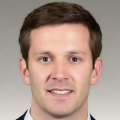
Hey there! I'm Andrew Reed, and I live for the thrill of writing reviews. Dive into my world at bestfordaily.com, where I unpack stories behind products and experiences. I'm all about sharing my unique take on things, infusing each review with my youthful enthusiasm and a dash of social flair. Join me on this exciting journey—I promise you won't just read reviews; you'll experience them!
View all posts

